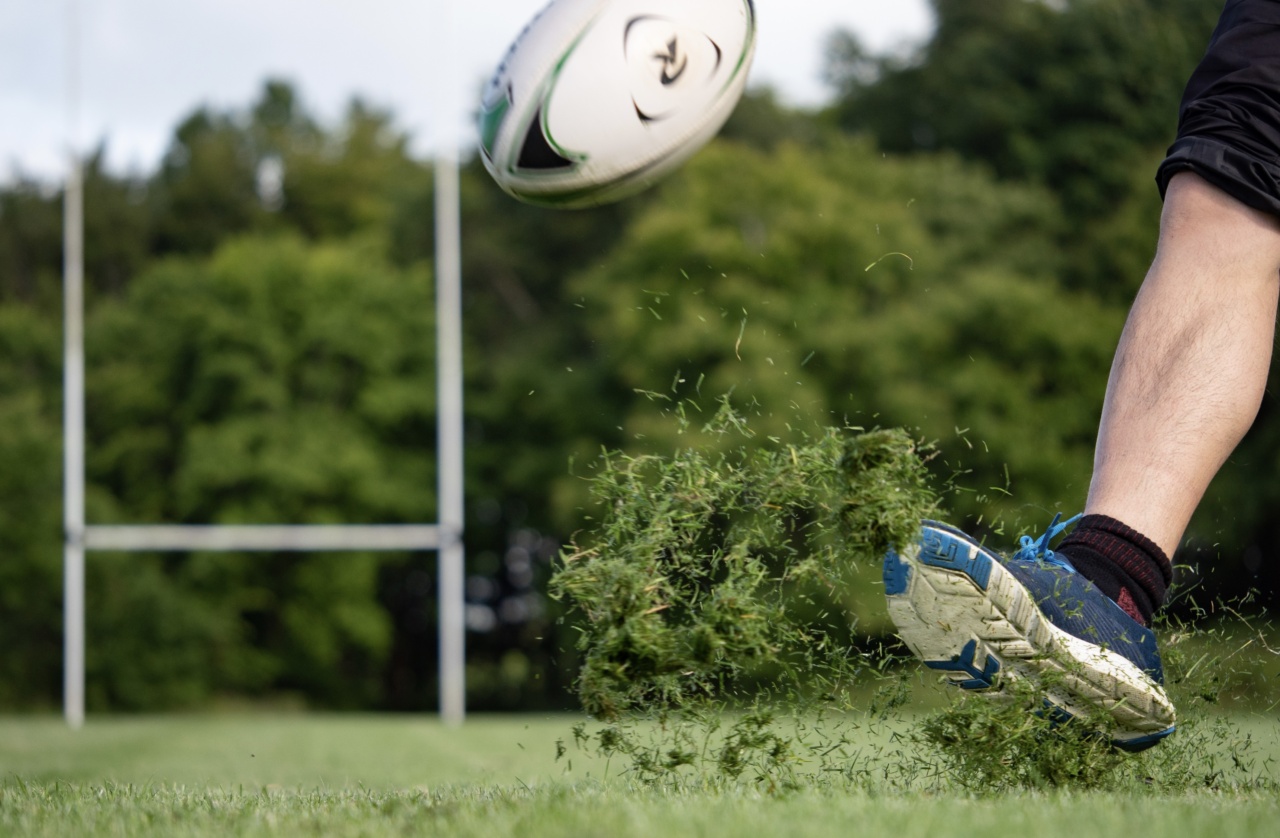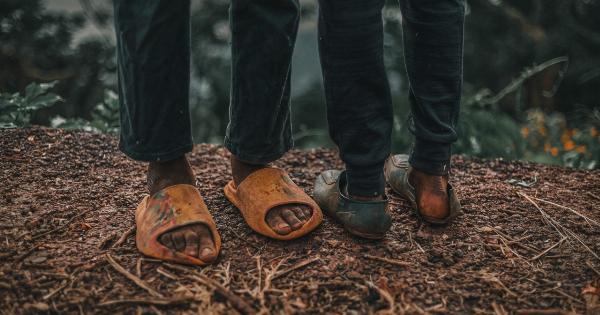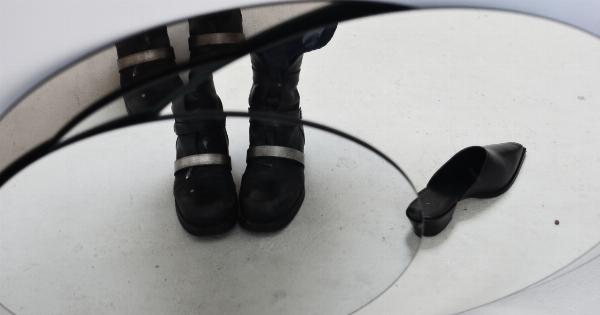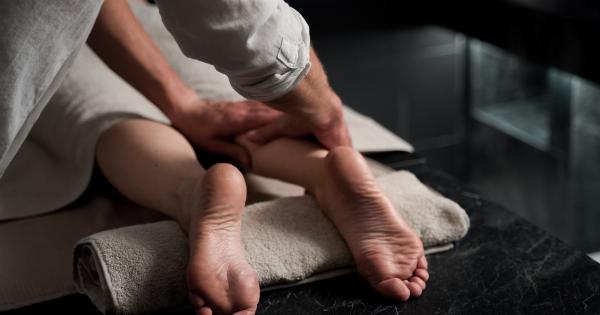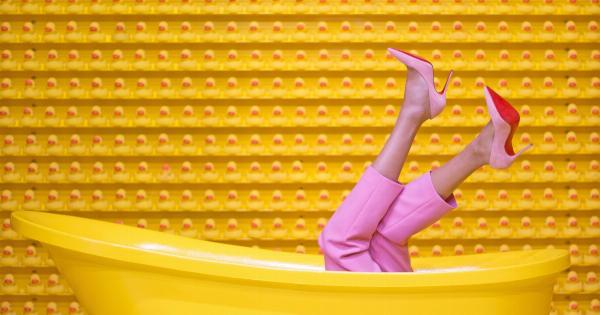When it comes to foot problems, the type of shoes you wear can make all the difference. Wearing the wrong shoes can contribute to the development of foot conditions such as plantar fasciitis, metatarsalgia, and bunions.
Therefore, it is important to know which shoes to avoid if you suffer from foot problems. Here are some shoes to steer clear of:.
High Heels
High heels are a common culprit when it comes to foot problems. This is because they place too much pressure on the balls of your feet and can cause the arch of your foot to collapse.
This can lead to a number of conditions, including metatarsalgia and plantar fasciitis. Additionally, high heels can cause your toes to be pushed into an unnatural position, which can cause bunions.
Flip Flops
Flip flops may be comfortable and lightweight, but they offer little support for your feet. They do not provide proper arch support, and your toes are left exposed to the elements and can easily be injured.
Also, flip-flops force you to curl your toes together so that you can grip the shoe, which can lead to hammertoe.
Pointy Toed Shoes
Pointy toed shoes may look fashionable, but they can cause a great deal of damage to your feet. When your toes are squeezed into tight spaces, it can cause your toes to bend in unnatural ways and cause bunions, hammertoes, and other foot conditions.
Additionally, these types of shoes can cause blisters and corns since they place pressure on specific areas of your feet.
Flats
Flats may seem like a comfortable option, but they lack proper arch support and can cause stress fractures, plantar fasciitis, and other foot problems.
Additionally, many flats are designed with thin and flexible soles that can make it feel like you are walking barefoot, which can cause problems for those with fallen arches.
Shoes with No Support
Shoes that lack support can contribute to a number of foot problems, especially if you spend a lot of time on your feet. Shoes with no arch support can cause your foot to flatten out and lead to conditions like plantar fasciitis.
Additionally, shoes that do not provide proper cushioning can cause your feet to become fatigued and result in stress fractures and other conditions.
Tight Shoes
Tight shoes can cause a number of foot problems, especially when worn for extended periods of time. Shoes that are too small or too narrow can cause blisters, calluses, and corns.
They can also cause your toes to bend in unnatural ways and lead to conditions like hammertoe.
Platform Shoes
Platform shoes may look trendy, but they can cause a great deal of damage to your feet. They often lack proper arch support and can cause your foot to flatten out, which can lead to plantar fasciitis.
They can also cause your toes to be pushed into an unnatural position and lead to bunions and hammertoes.
Stilettos
Stilettos are known for their sky-high heels and are a common culprit when it comes to foot problems. They place a great deal of pressure on the balls of your feet and can cause the arch of your foot to collapse.
This can lead to conditions like metatarsalgia and plantar fasciitis. Additionally, stilettos can cause your toes to be pushed into an unnatural position and lead to bunions and hammertoes.
Heavy Shoes
Shoes that are heavy can contribute to a number of foot problems. When you wear heavy shoes, it can cause unnecessary stress on your feet and lead to conditions like plantar fasciitis.
Additionally, heavy shoes can cause your feet to become fatigued and lead to stress fractures and other foot problems.
Conclusion
When you suffer from foot problems, it is important to wear the right shoes to avoid making the condition worse.
By avoiding these shoes and selecting shoes with proper arch support and cushioning, you can help to prevent foot problems from developing and maintain good foot health.
